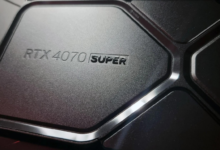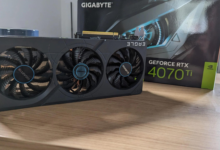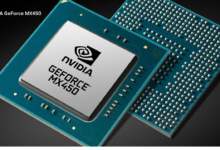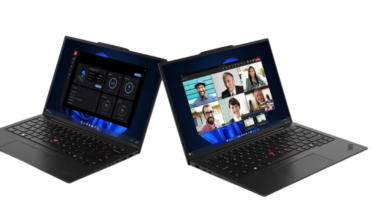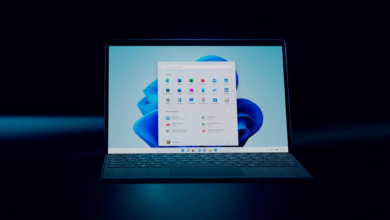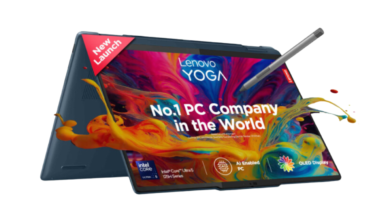The Nvidia GeForce RTX 4080 Super is the latest addition to Nvidia’s robust lineup of graphics cards. Renowned for pushing the boundaries of gaming and computational performance, Nvidia continues to elevate the standard with each new release. The RTX 4080 Super is no exception, promising to deliver unprecedented performance levels, enhanced features, and robust capabilities for gamers, content creators, and professionals alike.
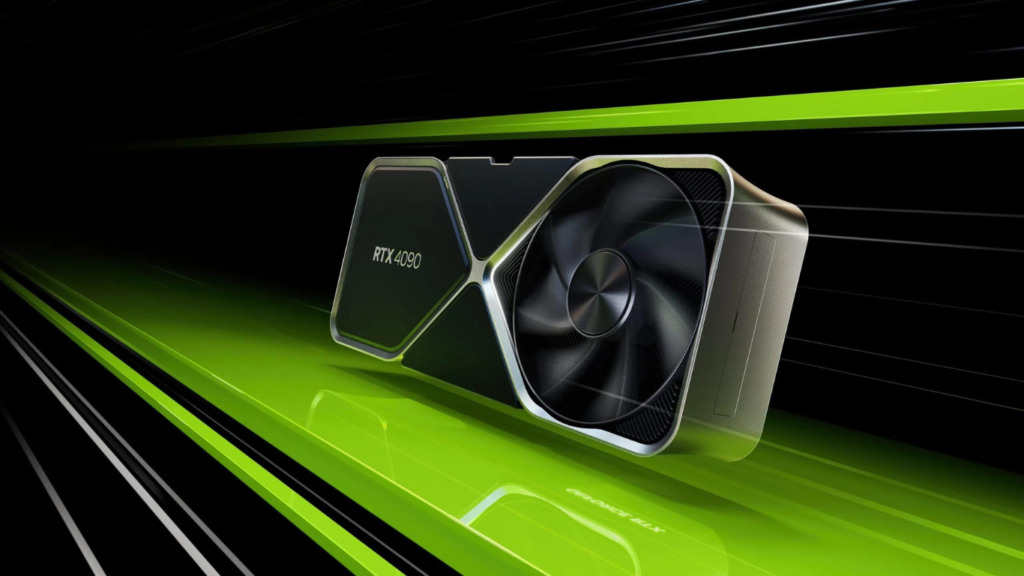
Table of Contents
How Does the Nvidia GeForce RTX 4080 Super Enhance Gaming Performance?
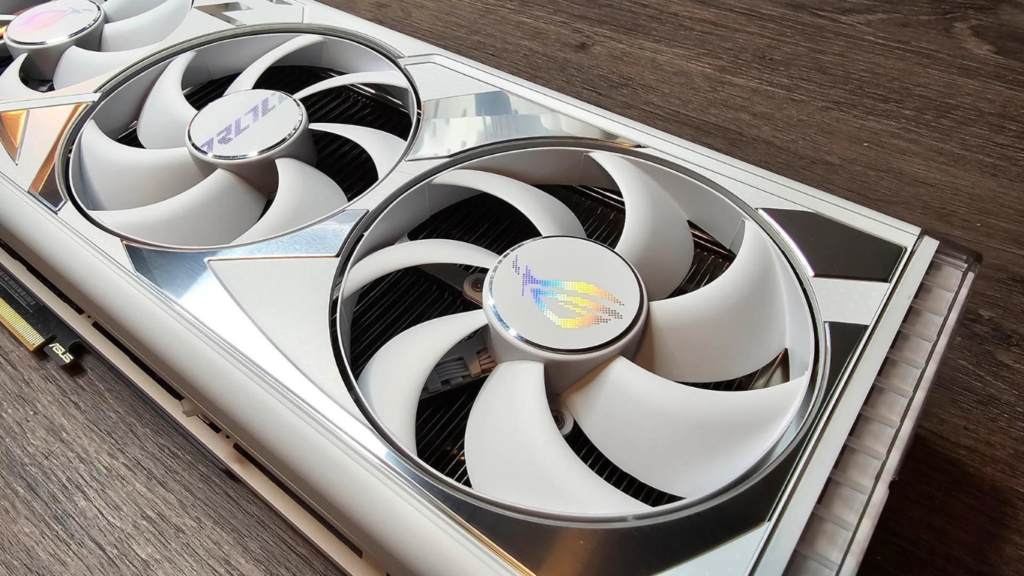
The Nvidia GeForce RTX 4080 Super is designed to offer exceptional gaming performance. Its increased CUDA cores, higher clock speeds, and advanced memory configurations significantly boost performance over previous generations, making it ideal for gamers looking to experience the latest AAA titles at the highest settings.
One of the standout features of the RTX 4080 Super is its support for ray tracing, a technology that simulates the way light interacts with objects in a virtual environment. The RTX 4080 Super can handle more complex ray-traced effects in real-time with improved RT cores, resulting in stunningly realistic visuals. This allows games to render scenes with accurate reflections, shadows, and global illumination, providing a more immersive experience.
The RTX 4080 Super also leverages Nvidia’s Deep Learning Super Sampling (DLSS) technology. DLSS uses artificial intelligence to upscale lower-resolution images, enabling higher frame rates without sacrificing image quality. This technology is particularly beneficial for gamers using 4K displays or those who want to maximize their performance in VR environments.
What Are the Technical Specifications of the Nvidia GeForce RTX 4080 Super?
The Nvidia GeForce RTX 4080 Super has cutting-edge technology and impressive specifications that set it apart from its predecessors. Here are the critical technical details:
- CUDA Cores: The RTX 4080 Super significantly increases CUDA cores compared to the RTX 3080, providing more parallel processing power for gaming and creative applications.
- Base and Boost Clock Speeds: With higher base and boost clock speeds, the RTX 4080 Super ensures smoother and more responsive gameplay, especially in demanding scenarios.
- Memory Configuration: The card has 16GB of GDDR6X memory, offering ample bandwidth for high-resolution textures and complex scenes. The memory operates at higher speeds, further enhancing overall performance.
- Ray Tracing Cores: The RTX 4080 Super includes second-generation RT cores, delivering better ray tracing performance and enabling more real-time lighting effects.
- Tensor Cores: With improved Tensor cores, the card can efficiently handle AI-based tasks, such as DLSS, AI-enhanced video processing, and deep learning applications.
- Power Consumption: Despite its powerful performance, the RTX 4080 Super is designed with power efficiency in mind, thanks to the improvements in the Ada Lovelace architecture and the 5nm manufacturing process.
How Does the Nvidia GeForce RTX 4080 Super Support Content Creation?
The Nvidia GeForce RTX 4080 Super is not just a gaming powerhouse; it’s also an excellent tool for content creators. Whether you are a video editor, 3D artist, or graphic designer, this graphics card offers numerous features and capabilities to enhance your workflow.
Thanks to its dedicated hardware, the RTX 4080 Super provides accelerated encoding and decoding for video editors. This means faster rendering times and smoother playback of high-resolution footage, even when working with 8K video. The card’s ample VRAM and powerful processing capabilities ensure you can work with complex projects without experiencing lag or slowdowns.
3D artists and designers benefit from the RTX 4080 Super’s support for real-time ray tracing. This allows for more accurate previews of scenes and models, reducing the need for lengthy render times. Additionally, the card’s high CUDA core count and advanced AI capabilities enable faster simulations and more efficient workflows in applications like Blender, Autodesk Maya, and Adobe Creative Suite.
Photographers and graphic designers will appreciate the improved colour accuracy and support for high-dynamic-range (HDR) displays. The RTX 4080 Super’s robust performance ensures you can work with large images and complex compositions without compromising speed or quality.
What Cooling Solutions Are Integrated into the Nvidia GeForce RTX 4080 Super?
Adequate cooling is crucial for optimal performance and longevity in high-end graphics cards. The Nvidia GeForce RTX 4080 Super incorporates advanced cooling solutions to operate efficiently under heavy loads.
The card features a redesigned cooling system with multiple heat pipes and an oversized heatsink, which helps dissipate heat more effectively. The dual-fan setup is engineered to provide maximum airflow while keeping noise levels minimal. This ensures the RTX 4080 Super remains calm and quiet, even during intense gaming sessions or resource-intensive tasks.
Additionally, the card supports Nvidia’s GPU Boost technology, which dynamically adjusts the clock speeds based on temperature and power consumption. This allows the RTX 4080 Super to deliver peak performance while efficiently managing heat output.
For users who prefer liquid cooling, the RTX 4080 Super is compatible with various aftermarket water blocks. This provides additional flexibility for those who want to integrate the card into custom liquid cooling loops for even better thermal performance.
How Does the Nvidia GeForce RTX 4080 Super Improve AI and Machine Learning Applications?
The capabilities of the Nvidia GeForce RTX 4080 Super benefit AI and machine learning applications significantly. The card’s advanced architecture, with its high core count and Tensor cores, makes it an excellent choice for developers and researchers in these fields.
The improved Tensor cores in the RTX 4080 Super provide enhanced performance for AI-based tasks, such as training deep neural networks and running inference. This enables faster processing times and more accurate results, which is crucial for applications like computer vision, natural language processing, and autonomous systems.
Nvidia’s CUDA platform and extensive software ecosystem further enhance the card’s AI and machine learning capabilities. Developers can leverage libraries like cuDNN and TensorRT to optimize their workflows and achieve higher performance on the RTX 4080 Super. Additionally, Nvidia’s support for popular frameworks like TensorFlow, PyTorch, ensures seamless integration and ease of use for AI practitioners.
How Does the Nvidia GeForce RTX 4080 Super Compare to Its Predecessors?
The Nvidia GeForce RTX 4080 Super represents a significant leap forward compared to its predecessors. Here’s a comparison of the RTX 4080 Super with the RTX 3080 and RTX 3080 Ti:
- Performance: The RTX 4080 Super delivers higher performance across the board, thanks to its increased CUDA core count, higher clock speeds, and improved architecture. Gamers can expect smoother gameplay at higher resolutions and settings, while content creators will benefit from faster rendering and more efficient workflows.
- Ray Tracing and DLSS: With improved RT cores and DLSS capabilities, the RTX 4080 Super offers better ray tracing performance and higher frame rates in supported games. This translates to more realistic visuals and a more immersive gaming experience.
- Memory and Bandwidth: The RTX 4080 Super comes with 16GB of GDDR6X memory, providing more bandwidth and capacity than the RTX 3080. This is particularly beneficial for applications that require large datasets or high-resolution textures.
- Power Efficiency: Despite its increased performance, the RTX 4080 Super is designed to be more power-efficient, thanks to the advancements in the Ada Lovelace architecture and the 5nm manufacturing process. This results in lower power consumption and reduced heat output.
- Price: While the RTX 4080 Super is positioned as a premium offering, its price reflects the significant performance gains and advanced features it brings. For users who demand the best, the card’s capabilities justify the investment.
What Are the Benefits of Upgrading to the Nvidia GeForce RTX 4080 Super?
Upgrading to the Nvidia GeForce RTX 4080 Super offers numerous benefits for gamers, content creators, and professionals. Here are some of the key advantages:
Enhanced Gaming Experience
With higher frame rates, better ray tracing performance, and improved DLSS capabilities, the RTX 4080 Super ensures you can enjoy the latest games at their full potential. This translates to smoother gameplay, more realistic visuals, and a more immersive experience.
Improved Productivity
For content creators, the RTX 4080 Super offers faster rendering times, better performance in creative applications, and enhanced support for high-resolution workflows. This allows you to work more efficiently and achieve higher-quality results in less time.
Future-Proofing
The RTX 4080 Super is designed to handle the demands of future games and applications. Upgrading to this card ensures that your system can run the latest software and technologies for years.
Advanced Features
The RTX 4080 Super supports the latest features and technologies, such as real-time ray tracing, AI-enhanced processing, and VR support. This makes it a versatile and powerful tool for many use cases.
Power Efficiency
Despite its high performance, the RTX 4080 Super is designed to be power-efficient, reducing your system’s overall power consumption and heat output. This results in a more stable and reliable system, especially during extended use.
What Are the Potential Drawbacks of the Nvidia GeForce RTX 4080 Super?
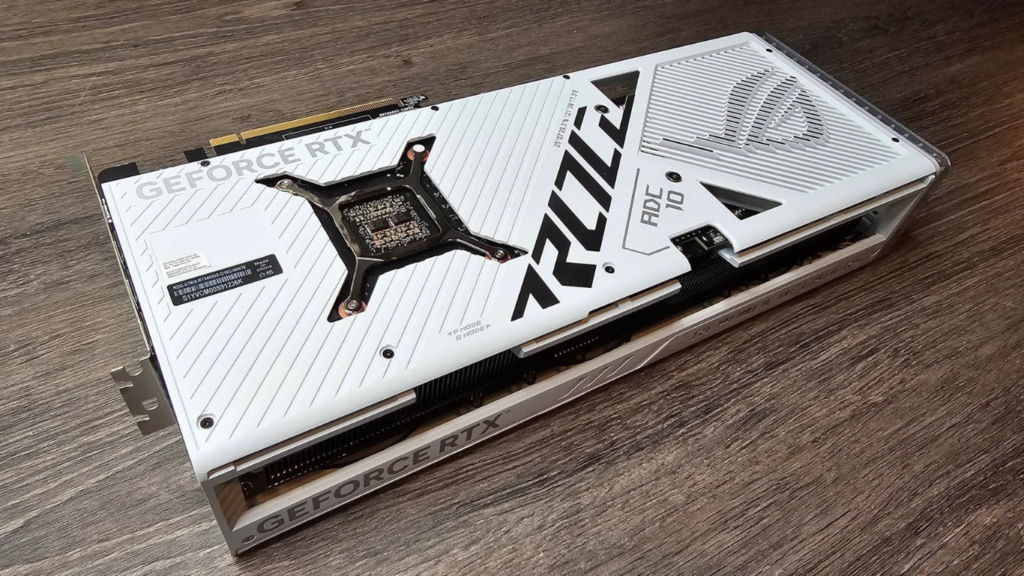
While the Nvidia GeForce RTX 4080 Super offers numerous advantages, there are also some potential drawbacks to consider:
- Price: The RTX 4080 Super has a premium price tag as a high-end graphics card. The cost may be a significant barrier for some users, especially if they do not require the card’s full capabilities.
- Power Requirements: Despite its efficiency, the RTX 4080 Super still requires a robust power supply and adequate cooling to operate optimally. Users with older systems may need to upgrade their power supply unit (PSU) and cooling solutions to accommodate the card.
- Availability: High demand for Nvidia’s latest graphics cards often leads to supply shortages and limited availability. This can make it challenging for users to purchase the RTX 4080 Super at its suggested retail price.
- Compatibility: The RTX 4080 Super’s advanced features and capabilities may require existing software and driver updates. Users may need to ensure that their system and applications are compatible with the card to take full advantage of its performance.
How Does the Nvidia GeForce RTX 4080 Super Impact the Future of Gaming and Computing?
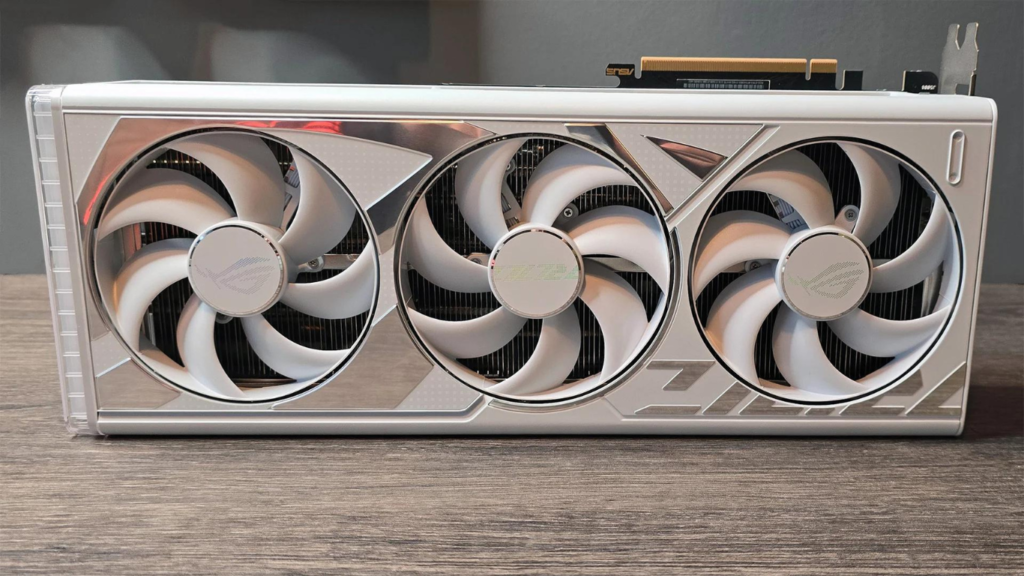
The Nvidia GeForce RTX 4080 Super represents a significant step forward in the evolution of gaming and computing technology. Its advanced architecture, improved performance, and support for cutting-edge features set the stage for the future of interactive entertainment and professional applications.
In gaming, the RTX 4080 Super’s enhanced ray tracing and DLSS capabilities enable developers to create more realistic and immersive experiences. As these technologies become more widespread, gamers can expect a new visual fidelity and interactivity level in future titles.
For content creators, the RTX 4080 Super’s powerful processing capabilities and support for AI-based tools open up new possibilities for creative expression and productivity. Tasks that once required extensive rendering times or specialized hardware can now be performed more efficiently, allowing artists and designers to focus on their creative vision.
In the realm of AI and machine learning, the RTX 4080 Super’s advanced architecture and Tensor cores provide a robust platform for research and development. As AI applications evolve, the card’s capabilities will be crucial in driving innovation and enabling breakthroughs in various fields.
Overall, the Nvidia GeForce RTX 4080 Super sets a new benchmark for graphics card performance, features, and capabilities. Its impact will be felt across gaming, content creation, and professional applications, shaping the future of technology for years to come.
